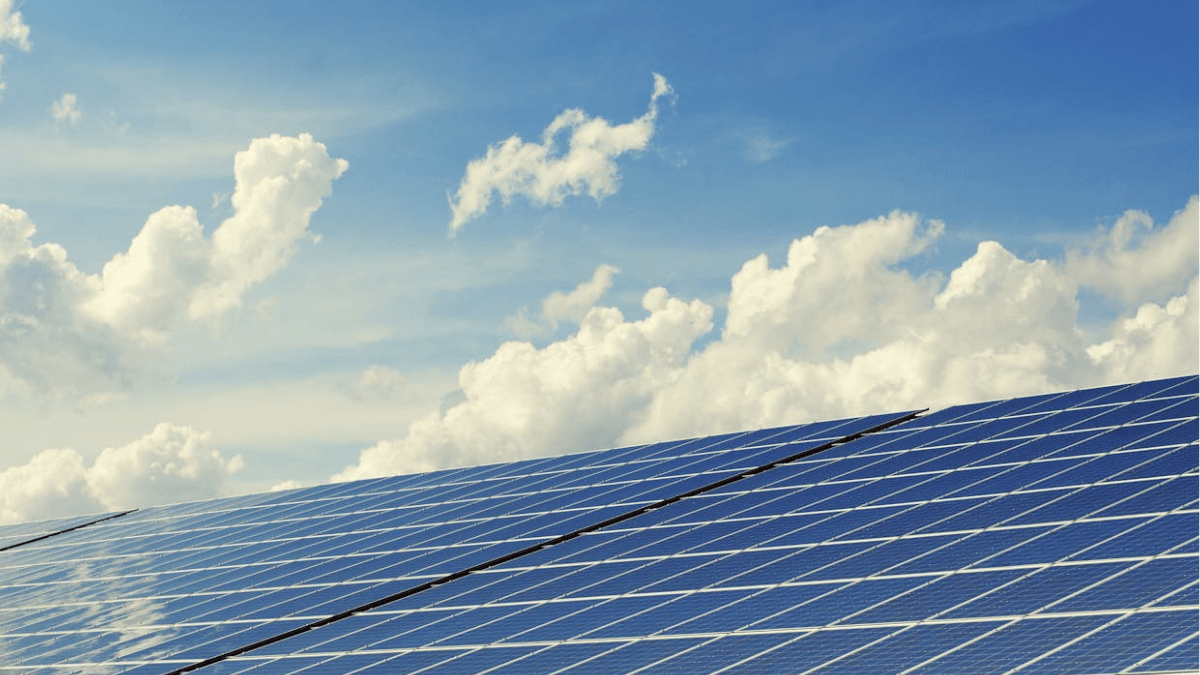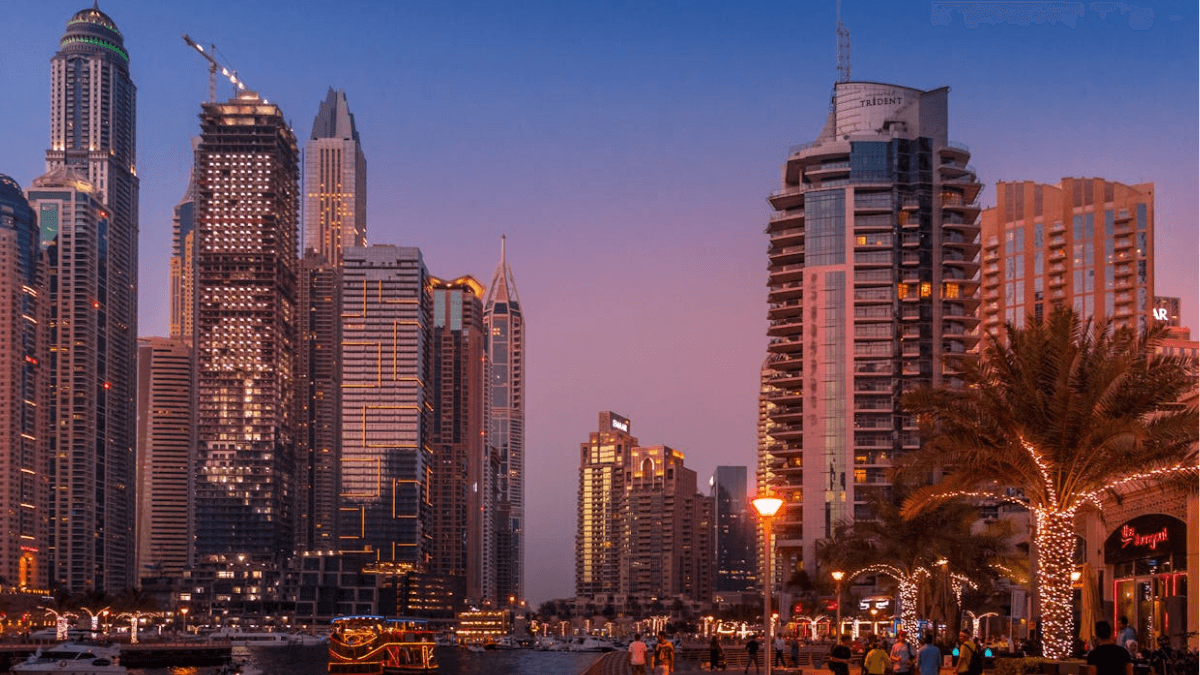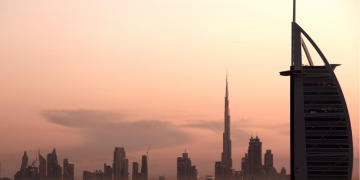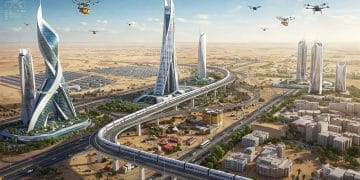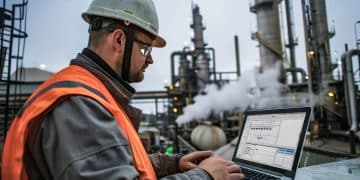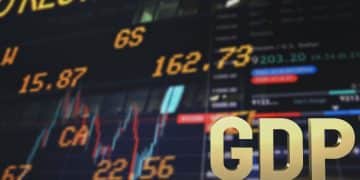Economic Policies UAE: Top 10 Policies Shaping the UAE in 2025
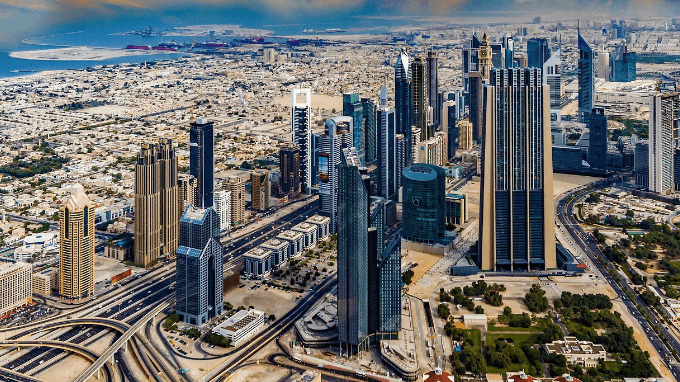
As the UAE keeps leveling up its economic game, 2025 is looking less like a checkpoint and more like a major power-up. With a bold push toward diversification and sustainability, the country isn’t just talking about transformation—it’s building the blueprint.
Backed by sharp policies and strategic initiatives, the UAE is gearing up to double down on its role as a global economic heavyweight.
In this piece, we’ll break down the key economic policies UAE steering the ship—what they aim to do, how they’re being rolled out, and why investors should be paying close attention.
Spoiler alert: it’s not just oil anymore. Think fintech, green energy, smart trade, basically, the UAE’s running a real-life version of SimCity: Global Power Edition—and it’s playing to win.
1. “We the UAE 2031” Vision
If Vision 2031 were a stock, it’d be a long-term growth play with serious upside. The UAE’s aiming to double its GDP from AED 1.49 trillion to AED 3 trillion by 2031. Yep—double. That’s not just ambition, that’s Bezos-level scaling.
This isn’t some vague vision-board manifesto, either. It’s a comprehensive game plan centered on global partnerships, innovation, and sustainability.
Think of it as a national business plan—with KPIs. Whether it’s attracting FDI, fostering next-gen startups, or redefining trade relationships, the UAE’s building a future where oil is just one of many income streams, not the headliner.
2. Green Growth Strategy
The UAE isn’t just going green—it’s going sustainably profitable. The Green Growth Strategy is all about shifting from fossil fuels to future fuels, doubling down on renewables, eco-tech, and sustainable infrastructure. Basically, it’s ESG with Gulf swagger.
This strategy positions the UAE to ride the global sustainability wave—not get wiped out by it.
From solar mega-projects to EV infrastructure, the country’s making sure it’s not just checking boxes for net-zero targets but building a resilient, future-proof economy while they’re at it. For investors, that’s a green light in more ways than one.
3. Make it in the Emirates Initiative
This one’s all about turning the UAE from a luxury showroom into a serious industrial engine. The “Make it in the Emirates” initiative is the country’s invite to global and local manufacturers: come build here, scale fast, and we’ve got your back.
The goal? Boost the industrial sector’s GDP contribution from AED 133 billion to AED 300 billion by 2031.
That’s more than double—basically the economic version of a Marvel origin story. The UAE’s pushing for self-sufficiency, innovation, and next-gen manufacturing, and it’s rolling out the red carpet for investors who want in.
Think Tesla Gigafactory vibes, but in the desert—with better coffee.
4. Fiscal Policy & Budget Allocation
The UAE’s 2025 budget isn’t just a spreadsheet flex—it’s a masterclass in fiscally fit, future-focused planning. With a 12% increase, the federal budget now clocks in at AED 71.5 billion, and no, it’s not being funneled into vanity projects or record-breaking fountains.
A hefty slice is going into education, healthcare, and social services—aka the essentials that keep your talent sharp, your workforce healthy, and your cities globally competitive.
It’s basically the economic equivalent of investing in both Apple and broccoli: immediate value and long-term returns.
For investors, this screams macroeconomic stability and strategic capital allocation—the kind of environment where your money isn’t just safe, it’s got room to grow.
You Might Also Like: UAE Economy 2025: What to Expect in the Year Ahead
5. Corporate Tax Implementation
Plot twist worthy of an HBO finale: the UAE now has a corporate tax. Launched in June 2023, this move might’ve had offshore optimists sweating a bit, but make no mistake—it’s a power play.
By aligning with global tax standards and dialing up the transparency, the UAE is swapping its “tax-free wild west” rep for something a lot more Wall Street-ready.
What’s in it for investors? A more predictable, mature fiscal framework, and a government that’s clearly in it for the long haul.
Think less cowboy, more CFO. It’s like trading in your flashy sports car for a sleek electric luxury sedan: still impressive, just way more aligned with the times.
6. Trade and Investment Agreements
The UAE’s not just expanding its economy—it’s expanding its rolodex. Case in point: a $1.4 trillion investment framework (yeah, trillion) inked with the U.S., targeting high-impact sectors like AI, semiconductors, and energy.
That’s basically the economic equivalent of forming an Avengers-level alliance.
And it doesn’t stop there. The UAE’s also entering the chat with the EU, kicking off free trade agreement negotiations aimed at supercharging trade, investment, and collaboration in key areas.
For global investors, this means more access, more mobility, and more deal flow—all with the stamp of international legitimacy.
7. Infrastructure Development: Etihad Rail
All aboard the growth train—literally. Etihad Rail is the UAE’s megaproject that’s connecting the country’s major cities and industrial zones with a sleek, modern railway network. This isn’t just about moving goods—it’s about moving markets.
By slashing transportation costs, easing trade logistics, and taking a bite out of carbon emissions, Etihad Rail is positioning itself as a backbone of the UAE’s next-gen economy.
Think of it as the economic equivalent of switching from dial-up to fiber—faster, cleaner, and way more scalable. For investors, it’s a clear signal: infrastructure here isn’t just functional—it’s future-proof.
8. Financial Sector Regulation
Dubai’s financial sector is having a moment—think Wall Street meets Wakanda—and with rapid growth comes the need for serious guardrails.
The UAE’s stepping up by bringing in regulatory heavyweights (like ex-FCA boss Mark Steward) and tightening its compliance game.
This isn’t just box-ticking. It’s about building a secure, transparent, and globally respected financial ecosystem.
The message to investors? You’re playing in a sandbox that’s no longer just glitter and gold—it’s got governance, standards, and the regulatory muscle to back it up.
9. Monetary Policy Adjustments
The Central Bank of the UAE isn’t just watching the global economy—it’s got its finger on the pulse like a DJ reading the room at Coachella.
Whether it’s tweaking interest rates, easing up on credit flow, or making sure inflation doesn’t go full Thanos, the name of the game is stability with style.
For investors, this is the kind of monetary agility you want in your corner—responsive, measured, and built to ride out the global economic remix.
Think of it as a central bank that doesn’t just set the tempo—it adjusts the bass and treble when the beat drops. 🎧
10. Tourism & Real Estate Development
The UAE isn’t just building structures—it’s crafting blockbuster experiences.
Whether it’s a new Burj-something scraping the stratosphere, or smart-city living that makes Tony Stark’s mansion look outdated, this place is a magnet for capital, cameras, and curiosity.
Behind the glitz? Serious economic muscle. Tourism and real estate are drawing FDI, generating jobs, and giving the diversification strategy real teeth.
For investors, it’s a buffet of opportunity—REITs, hospitality, retail, luxury living—you name it. If the UAE’s economy were a streaming title, it wouldn’t just be in your queue—it’d be the global No.1 on Netflix’s Top 10.
Why These Policies Matter Together?
Individually, each of these policies is impressive—kind of like a solo superhero movie. But together? They’re assembling into an economic Avengers team-up with some serious world-building potential.
What makes this moment different is how strategically interlocked these initiatives are. You’re not just seeing green energy plans in isolation, or a trade deal here and there. You’re seeing:
- A vision-led strategy (hello, Vision 2031) that ties every major initiative to a KPI-driven growth narrative.
- Fiscal and tax reforms laying the foundation for trust, transparency, and long-term capital planning.
- Industrial and infrastructure projects acting as growth multipliers, not just economic headlines.
- A monetary policy and regulatory framework that can adjust in real time, offering resilience in a volatile global economy.
- And all of it feeding into a hyper-diversified investment environment—from semiconductors to solar farms, fintech to luxury real estate.
Investor Insight: These policies aren’t siloed—they’re stacked. The outcome? Compound economic impact. Each policy boosts the ROI of the next.
This is where analysts and fund managers should zoom out: the UAE isn’t just diversifying—it’s choreographing a synchronized shift into a modern, global economy. The playbook isn’t about reacting to change. It’s about engineering it.
So whether you’re betting on capital markets, eyeing expansion in the region, or analyzing sovereign growth models—know this: the UAE is building a policy ecosystem, not just a portfolio of reforms.
You Might Also Like: How the UAE Market is Changing in 2025: Opportunities & Challenges
Conclusion
The UAE’s 2025 economic strategy isn’t your typical policy manual—it’s more like a curated mixtape of innovation, sustainability, and global power plays.
From bold bets on diversification to future-ready infrastructure and some heavyweight international alliances, the UAE’s not just riding the wave—it’s trying to own the ocean.
This is a market that builds fast, adapts faster, and isn’t shy about shooting for the stars (and possibly a few Mars missions too).
For investors, it’s basically a unicorn with a sovereign wealth fund and a five-star credit rating. If the UAE stays on this trajectory, it won’t just hit those 2031 goals—it’ll set the new global benchmark for what a forward-thinking, hyper-connected economy should look like.
